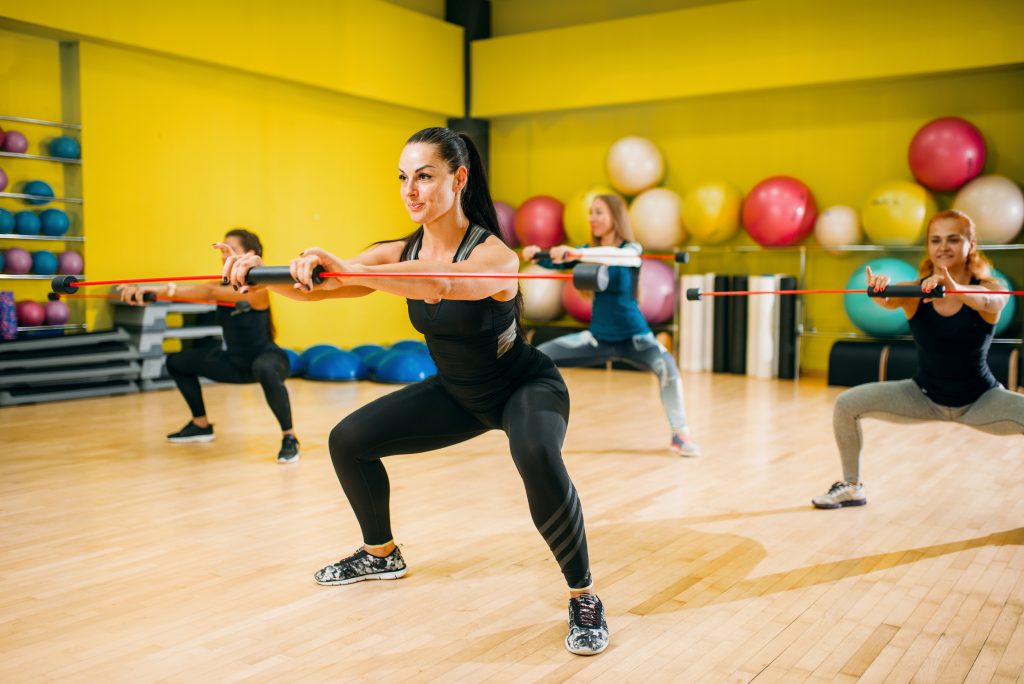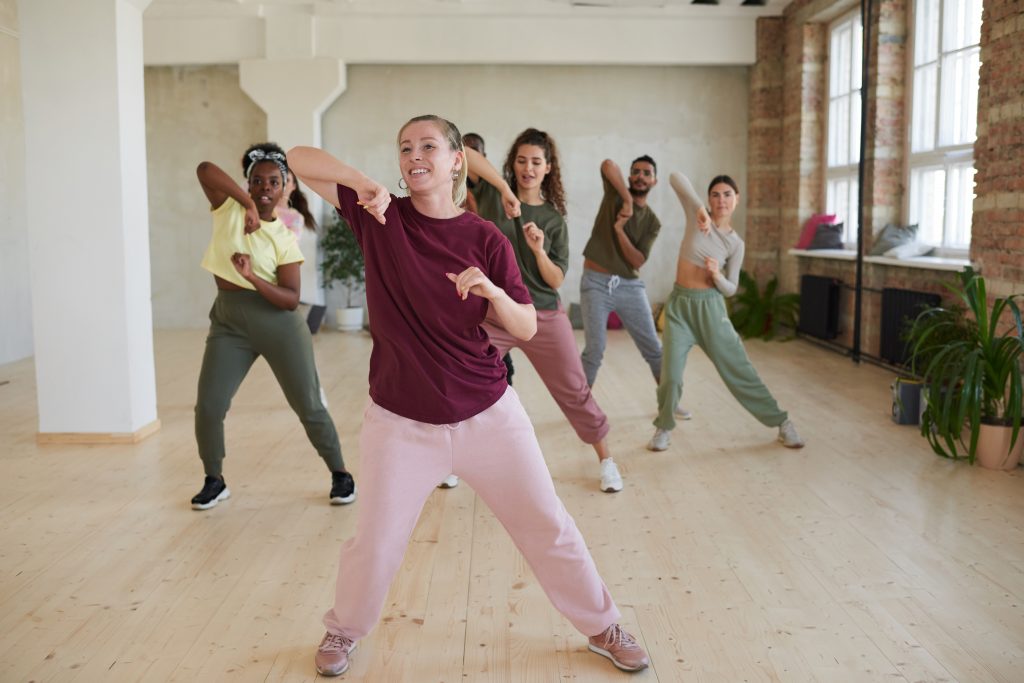Keep moving! This is a common suggestion that people give you when you ask them for tips to stay fit. But the question is, which fitness exercise is best to stay healthy? With a plethora of fitness activities available, promising different health and fitness benefits, it is quite normal to get confused in choosing the best suitable one out of all.
One another form of physical fitness activity is Aerobics, which has garnered a lot of limelight ever since the 1960s when Dr. Kenneth H. Cooper, invented this fitness form, in one of his books. Commonly believed as a form of dancing, aerobic exercise is not just about thong leotards and step workouts. While that style of classes became quite popular back in the ’80s and ’90s, aerobic exercise is another name for cardio workouts.
What is aerobic exercise?
Aerobic exercises are those exercises that require the consumption of substantially more oxygen. It involves repeated rhythmic movements of the large muscles of your body, such as the muscles in your arms or legs.

Some examples of aerobic exercise include:
- brisk walking
- jogging
- swimming
- cycling
- dancing
- cross-country skiing
- ice-skating
- kayaking
- roller-blading
- aerobic dance (often simply called aerobics)
‘Aerobic’ means ‘in the presence of oxygen’. Aerobic exercises usually involve your whole body, they get your heart pumping, and induces oxygenated blood flow, with the goal of improving your cardiorespiratory health. But it benefits more than just your heart.
Benefits of aerobic activities:
- Shed those extra pounds: Aerobic exercise, combined with a healthy diet, can help you lose the extra weight that you are worried about.
- Increase your stamina, fitness, and strength: Initially, when you start doing aerobics, you may feel tired, but over the long term, you’ll enjoy increased stamina and reduced fatigue.
- Improved health of heart, lungs, and circulatory system: It strengthens the heart so it pumps blood more efficiently, and also lowers your overall resting heart rate. These exercises also increase the level of “good” cholesterol and lower the level of “bad” cholesterol.
- Boosts immunity: Aerobic exercise activates your immune system in a good way, leaving you less susceptible to minor viral illnesses, such as cold and flu.
- Reduces health risks: It reduces the risk of many health conditions: obesity, heart disease, high blood pressure, type 2 diabetes, metabolic syndrome, stroke, and certain types of cancer. It can also reduce pain and improve the function of bones in people with arthritis.
- Boosts the mood: Aerobic exercise may ease the gloominess associated with depression, reduce the tension associated with anxiety, and promote relaxation and calmness. It can also improve your sleep cycle.
- Stay active and physically independent as you age: These exercises keep your muscles strong, which can help you maintain mobility as you get older. In older adults, it can lower the risk of injuries from falls, improving the quality of your life as you grow older.

According to the second edition of the Physical Activity Guidelines for Americans published by the U.S. Department of Health and Human Services (HHS) in 2018, aerobic exercise varies by three components:
Intensity: Meaning, how hard a person works to do the activity, such as moderate (the equivalent of brisk walking) and vigorous (the equivalent of running or jogging)
Frequency: Meaning, how often a person does aerobics activities
Duration: Meaning, how long a person does an activity in any one session
Progression of aerobic exercise
Progression to higher intensities of exercise should be based on how good an individual’s tolerance is. Similarly to the above point, there are 3 methods for challenging aerobic fitness:
- Increase the speed
- Increase the resistance
- Increase the duration
Aerobic exercise precautions
Aerobic exercises are recommended for almost everybody but they may need to be modified to ensure their suitability for people with existing health problems. If you have existing health conditions, or if you are at a high risk of cardiovascular disease, or have muscle, bone or joint injuries, it is advised to check with a doctor before undertaking an aerobic exercise program.
Men aged over 40 years and women aged over 50 years, who have not exercised regularly in the recent past, must check with a doctor before undergoing any vigorous aerobics activity.
Conclusion
People of all age groups can benefit from regular aerobic exercise. And, if you are unfit, unhealthy, or an older adult, you may have the most to gain from it. If you’re new to aerobic activity, start short and slow. You can always build as your fitness level improves.
Remember: It’s never too late to start!

